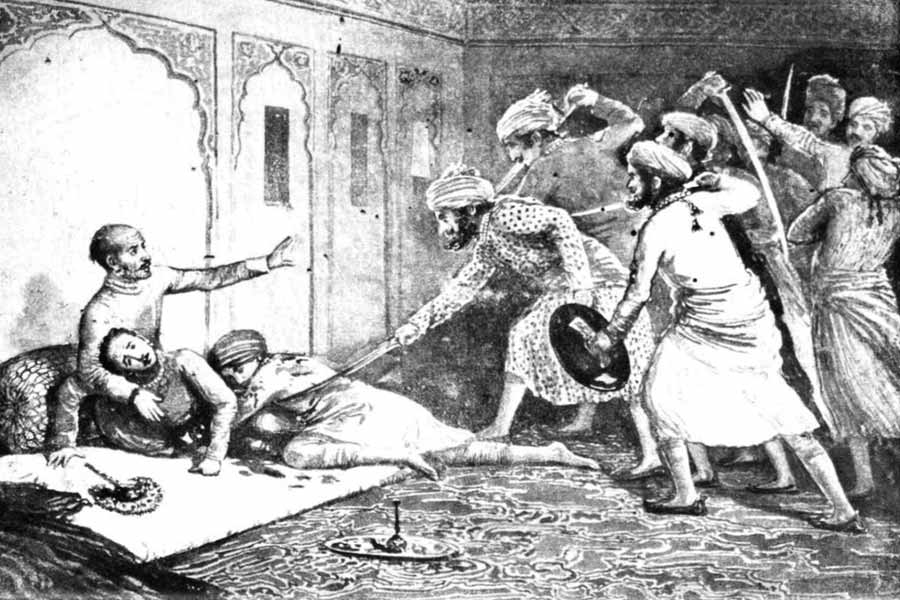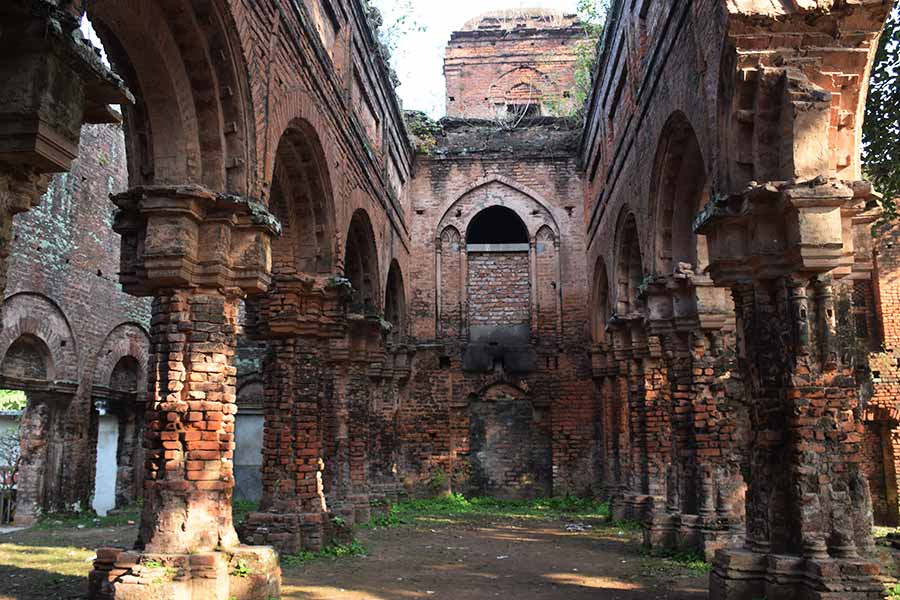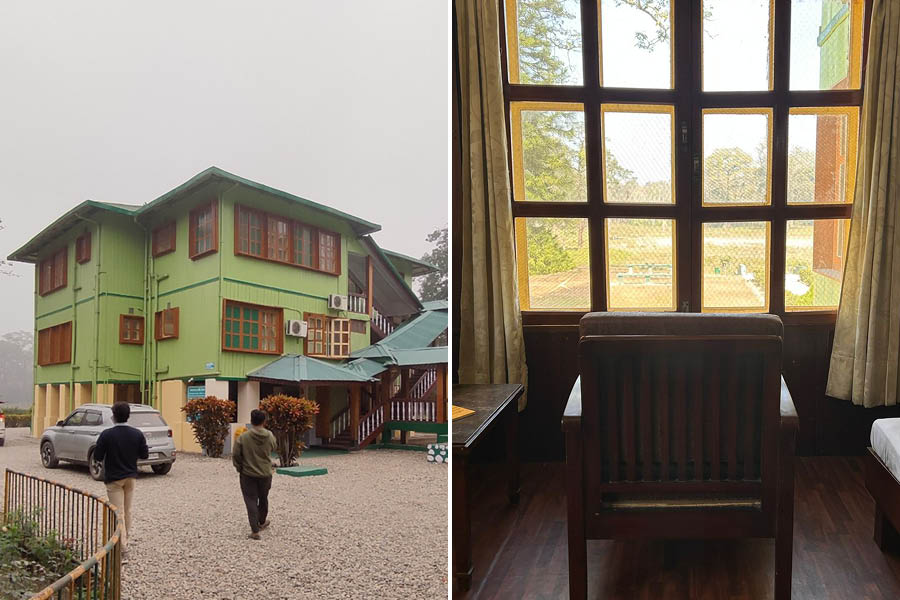Shaniwar Wada, in Pune, was the former palace and residential complex of the Peshwas. Today, the ruined complex is beautifully restored and turned into a tourist attraction at the heart of Pune.
A brutal murder
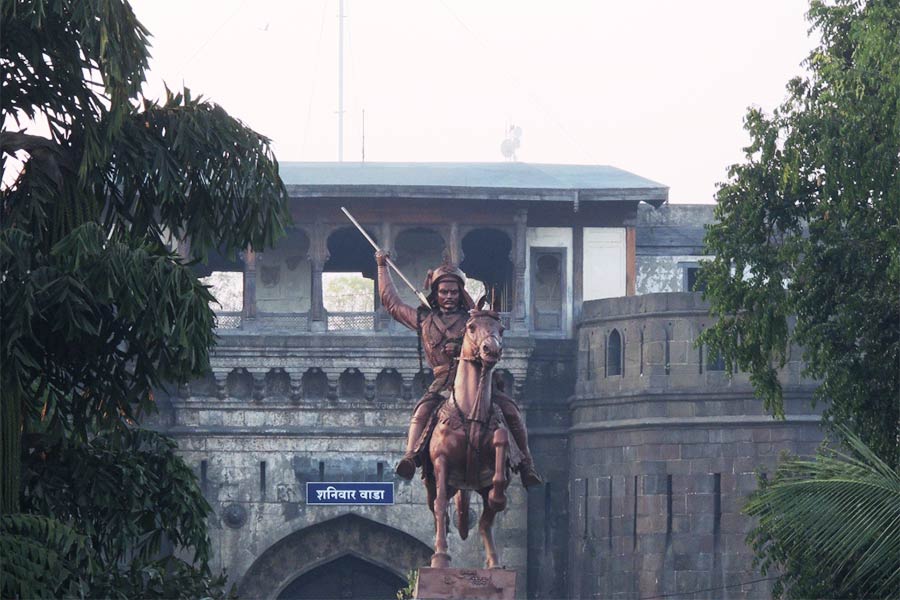
An equestrian statue of Baji Rao I in front of the Delhi Gate of Shaniwar Wada. Wikimedia Commons
‘Kaka, maala vachva’ (Save me, uncle). The desperate cries of Peshwa Narayan Rao echoed from the interiors of the Shaniwar Wada and on to the streets of Pune. It was August 30, 1773, and Punekars were busy celebrating Ganesh Chathurthi, the biggest festival of Maharashtra. The uncle referred to was Raghunath Rao, who wanted to remove his teenage nephew and become the peshwa.
But his wife, Anandibai, had a more ambitious plan. She wanted to obliterate Narayan Rao completely and facilitate a hindrance-free path for her husband. She involved the Gardi guards, who were responsible for the security of the palace and town, which resulted in the most brutal assassination in medieval Maratha history. It is believed that the spirit of Narayan Rao still haunts the ruins of Shaniwar Wada and his cries can still be heard.
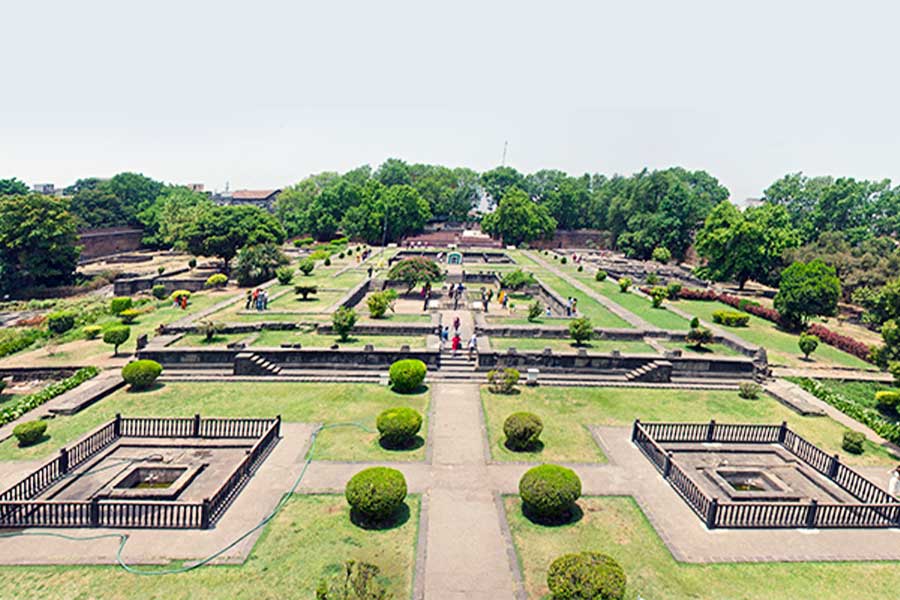
Interiors of Shaniwar Wada complete with gardens and pathways. Rangan Datta
The Peshwas
Peshwa (prime minister) was the second highest post of the Maratha Empire and was only next to chhatrapati (king). Initially, peshwas were appointed but since Balaji Vishwanath (6th Peshwa, 1713-20), the post became hereditary of the Bhat family. Since then, the peshwas held the highest administrative office and also controlled the Maratha empire. This led to the peshwa becoming the de facto hereditary administrators of the empire. Baji Rao I was the second peshwa from the Bhat family (7th overall) took charge of the office in 1720. In 1730, he wanted to build a palace for himself. The foundation stone was laid on January 10, 1730, on a Saturday and hence, the name Shaniwar Wada (Shaniwar = Saturday and wada = house).
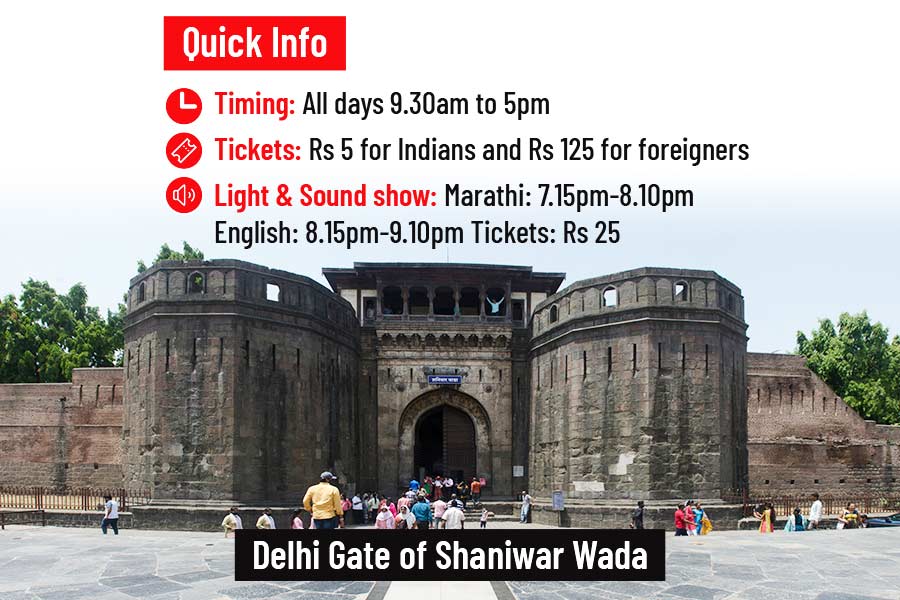
Rangan Datta
Shaniwar Wada
The palace took two years to be built at a cost of Rs 16,120. Over the years, the later peshwas came up with several palaces and turned Shaniwar Wada into a mini fortified city. At its height of glory, Shaniwar Wada covered an area of 6.25 acres and was home to over 1,000 people. It had 22 buildings, 14 fountains and several water bodies enclosed in a Mughal-styled garden. The entire complex was surrounded by towering walls strengthened with nine massive bastions and punctured with five gateways. The buildings were made of wood and stood on stone foundations.

Interiors of Shaniwar Wada with the wooden arches of Delhi Gate. Rangan Datta
They had intricate ornamentation and one of them was seven storeys high. Among the fountains, the Hazari Karanje (fountain of a thousand jets) stood out. It is shaped in the shape of a lotus with 16 petals. The palace remained the seat of Maratha power till the Third Anglo-Maratha War (1817-19). After that, the British took control of the palace and used it as an office, prison and even a hospital. Sadly, the British connect with Shaniwar Wada was short-lived.
A devastating fire on February 27, 1828, destroyed the entire complex. The fire lasted seven days, burning down all the wooden structures. The stone foundations of the buildings, the walls, bastions and gateways only remained. In 1919, the site was restored and given a new look, which more or less remains to this day.
Shaniwar Wada today
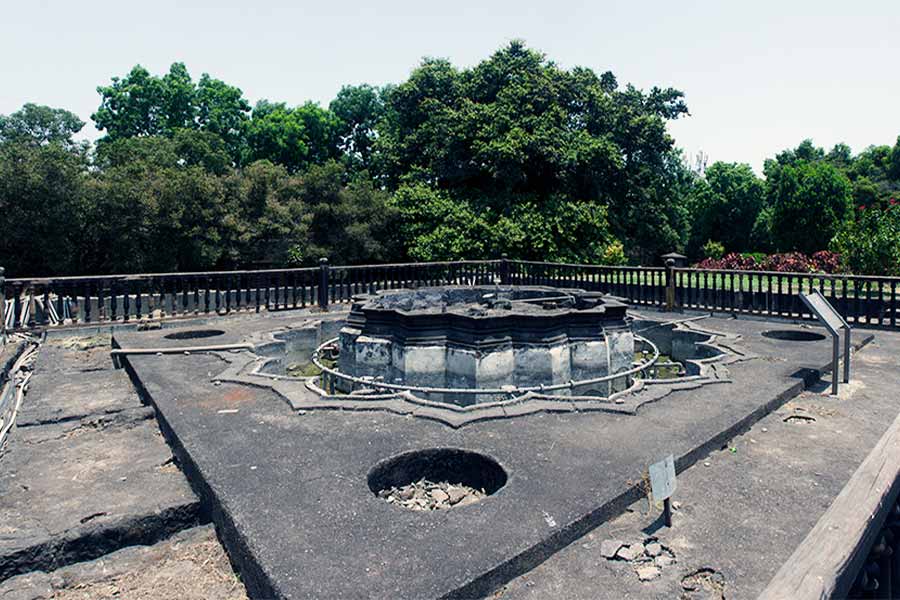
Hazari Karanje (fountain of a thousand jets). Rangan Datta
Today, Shaniwar Wada is a major tourist spot of Pune and is visited by locals and tourist. The entrance is through a massive main gate on the north. The gate faces Delhi and is called Delhi Gate. An equestrian statue of Baji Rao I stands at the entry. The gate is flanked by massive bastions and the interiors are approached through an arched gateway. The doors of the gate are fitted with sharp-pointed metal spikes. The upper deck of the gateway provides a great bird’s-eye view of both the interior and exterior of the fort.
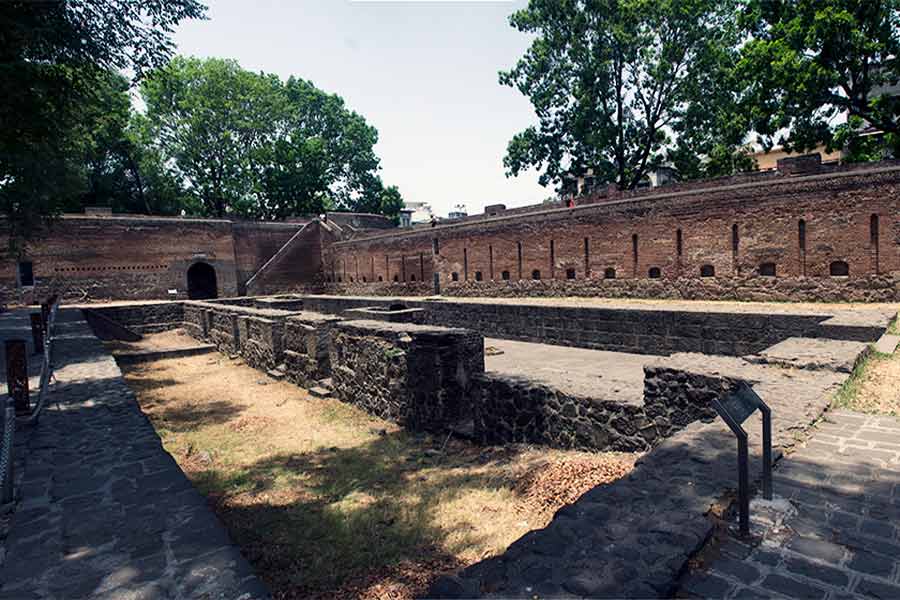
Stone base of the palace inside Shaniwar Wada. Rangan Datta
The interiors of the fort are well laid out complete with manicured lawns. The surviving stone base of the buildings and the fountains are enclosed by wooden fencings and info boards in English and Hindi narrate the story of each structure. A light-and-sound show (English and Marathi) is held in the evening narrating the history of Shaniwar Wada.
